Rising Craft Beer Movement
The rising craft beer movement is a notable driver in the Brewing Enzymes Market. As craft breweries proliferate, there is an increasing demand for unique flavors and styles, which often necessitates the use of specialized enzymes. These enzymes can enhance flavor profiles, improve mouthfeel, and increase the overall quality of the beer. Reports indicate that the craft beer segment has been growing at a rate of approximately 10% annually, which is significantly higher than that of traditional beer markets. This growth is likely to spur further innovation in enzyme applications, as craft brewers seek to differentiate their products. Thus, the craft beer movement is poised to be a critical factor influencing the Brewing Enzymes Market.
Consumer Preferences for Healthier Options
Consumer preferences for healthier beverage options are increasingly influencing the Brewing Enzymes Market. As health-conscious consumers seek low-calorie and gluten-free alternatives, breweries are turning to enzymes that facilitate the production of such products. For instance, enzymes that break down gluten are becoming essential for breweries aiming to produce gluten-free beers. Additionally, enzymes that enhance the fermentation process can lead to lower sugar content in finished products, aligning with consumer desires for healthier choices. Market analysis suggests that the demand for gluten-free and low-calorie beers is expected to grow by 15% in the coming years, indicating a shift in consumer behavior. This trend underscores the importance of adapting enzyme applications to meet evolving consumer preferences within the Brewing Enzymes Market.
Regulatory Support for Enzyme Use in Brewing
Regulatory support for the use of enzymes in brewing processes is emerging as a significant driver in the Brewing Enzymes Market. Governments and regulatory bodies are increasingly recognizing the benefits of enzyme applications in enhancing brewing efficiency and product quality. This support often translates into favorable regulations that encourage the use of specific enzymes, thereby facilitating innovation and growth within the industry. For example, regulations that streamline the approval process for new enzyme products can lead to quicker market entry and increased competition. As the regulatory landscape continues to evolve, it is likely that the Brewing Enzymes Market will experience accelerated growth, driven by the positive impact of supportive policies on enzyme utilization.
Technological Advancements in Enzyme Production
Technological advancements in enzyme production are reshaping the Brewing Enzymes Market. Innovations in fermentation technology and genetic engineering have led to the development of more efficient enzyme strains. These advancements not only enhance enzyme activity but also improve stability under various brewing conditions. For example, the introduction of recombinant DNA technology has enabled the production of enzymes that can withstand higher temperatures and pH levels, thus optimizing brewing processes. The market for these advanced enzymes is expected to witness substantial growth, with estimates suggesting a potential increase in market size by 20% over the next five years. Consequently, the integration of cutting-edge technology in enzyme production is a significant driver in the Brewing Enzymes Market.
Sustainability Initiatives in Brewing Enzymes Market
The increasing emphasis on sustainability within the Brewing Enzymes Market appears to drive demand for enzymes that enhance resource efficiency. Breweries are increasingly adopting enzymes that reduce water and energy consumption during the brewing process. For instance, the use of amylases and proteases can lead to lower energy requirements for mashing and boiling, thereby minimizing the carbon footprint. This trend aligns with broader environmental goals, as breweries seek to meet consumer expectations for eco-friendly practices. Furthermore, the market for brewing enzymes is projected to grow at a compound annual growth rate of approximately 6% over the next few years, indicating a robust shift towards sustainable brewing practices. As such, sustainability initiatives are likely to remain a pivotal driver in the Brewing Enzymes Market.
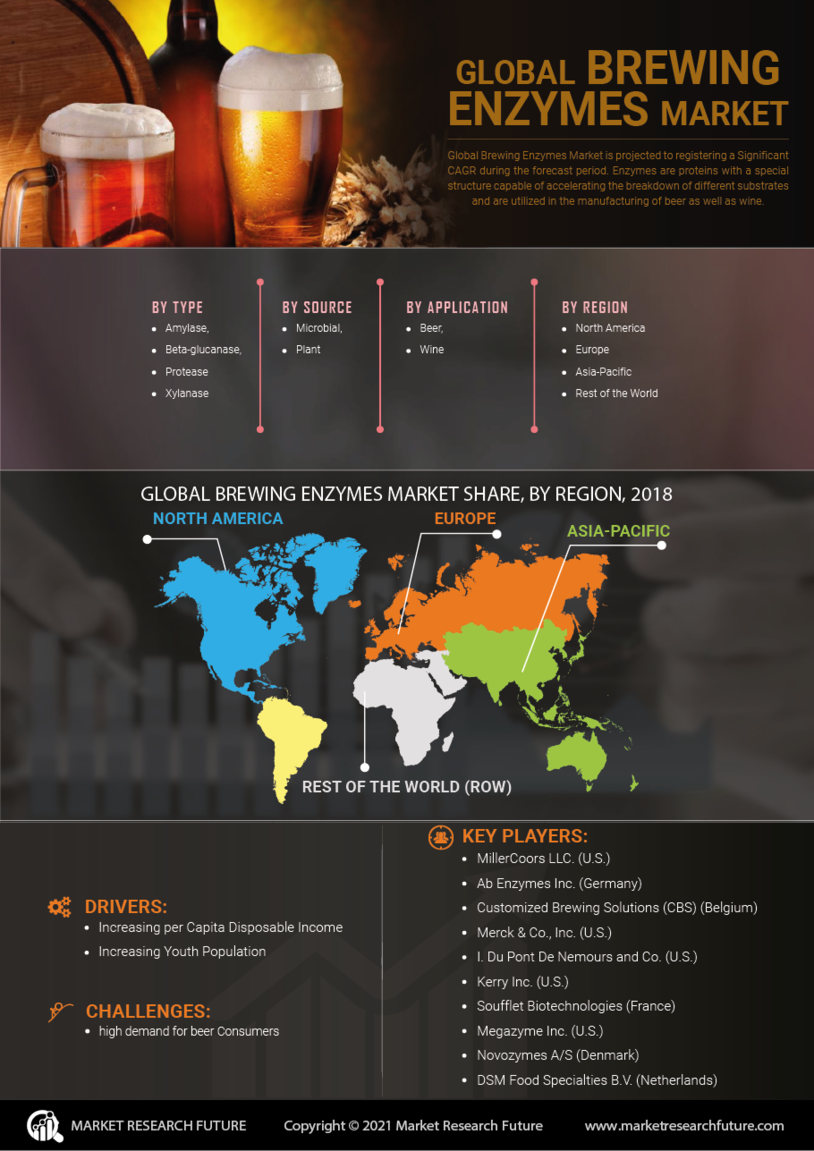


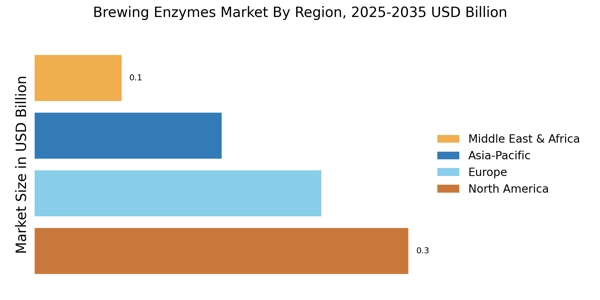
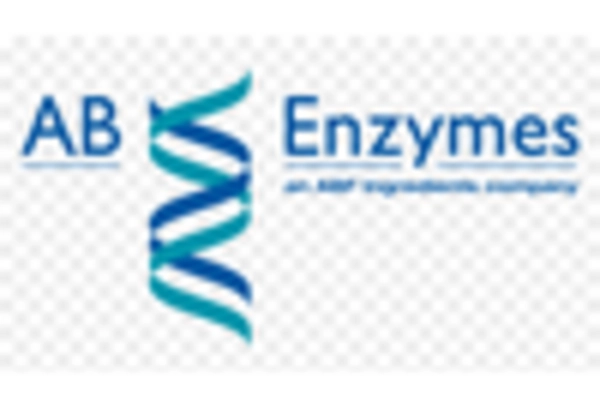
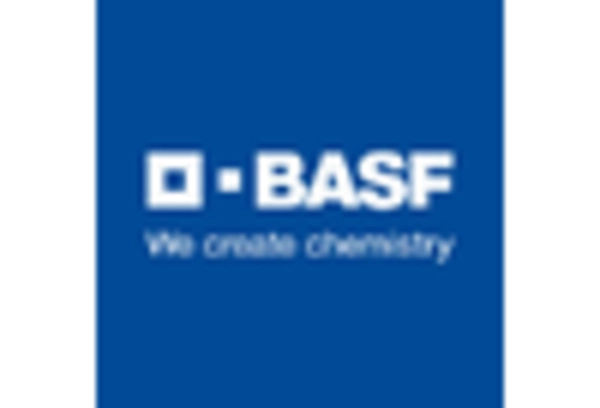
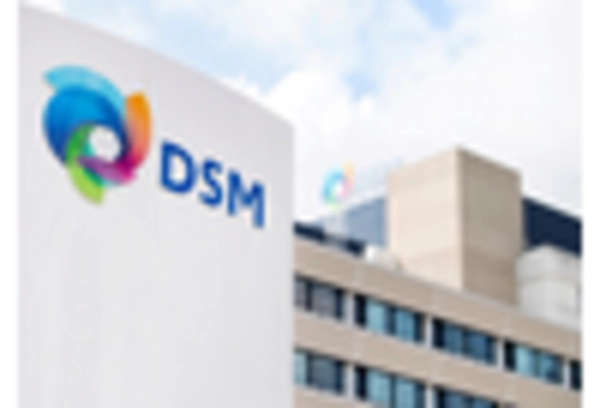
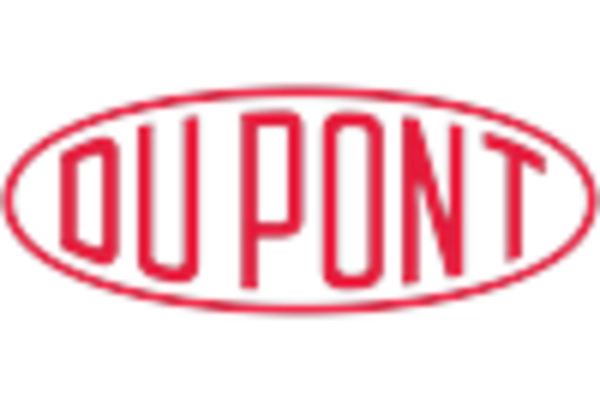
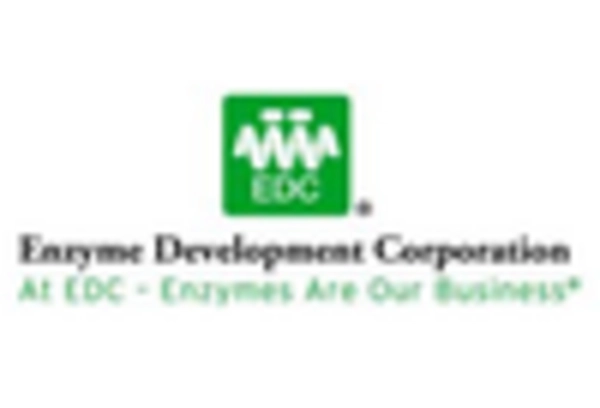









Leave a Comment